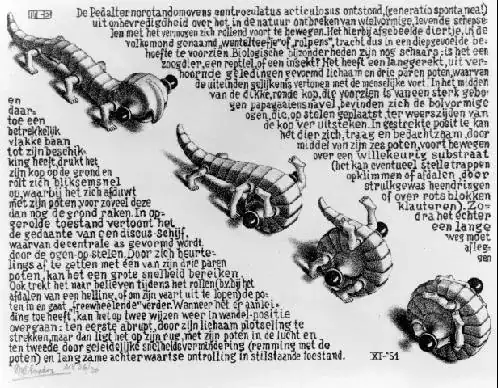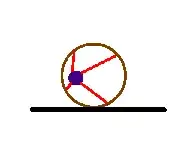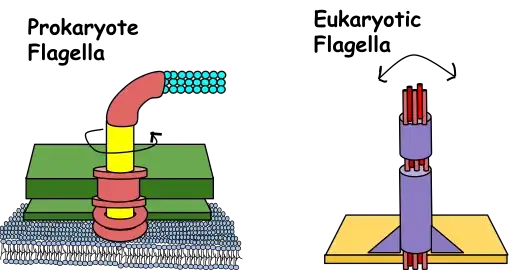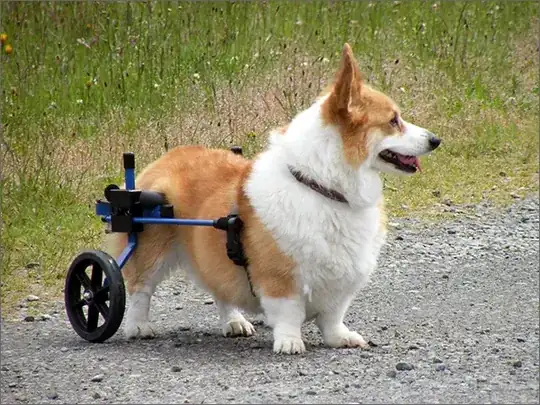There are reasons such a smooth world is unlikely (erosion, no tectonic activity, etc.). However, you can replace "the whole world" by "a sufficiently large part of the world" and the question remains basically the same.
Note: from there the answer assumes that evolving wheels excludes the presence of legs. Having both, or a mixture of the two, is not taken in account.
Anyway, a big problem remains for evolving wheels: vegetation. Vegetation creates obstacles, wheels can be stuck in bushes, etc. Even in the case of small plants (e.g. grass) you have got problems, since plants need and create humus, and wet humus becomes mud. And wheels are very inefficient in mud.
In the case of hard and smooth ground without vegetation (it is unlikely that animals could survive there, but animals can survive in deserts, so why not?), a problem still remains: when it rains, the ground becomes slippery, and if it snows... you are stuck.
But still, if it hardly ever rains and never snows, the ground is smooth, the ground is hard, can animals evolve wheels?
Not really. Because wheels are efficient for gaining high velocity, however, when it comes to abruptly changing your direction legs clearly win. With legs you can easily escape a wheeled predator - just jump out of his trajectory.
Perhaps wheeled herbivores then? But they need vegetation. Wheeled animals eating flying insects by keeping their mouths open (pretty much like a swallow does)? Insects will promptly evolve to fly a little bit higher.
I really cannot figure out how a wheeled animal could be viable.





David Brin's Uplift Universe includes a wheeled species called the g'Kek, which are [...] described as looking like "a squid in a wheelchair." They suffer from arthritic axles in their old age, particularly when living in a high gravity environment.Its also mentioned in one of the books that they're borderline the only species with wheels (and such species are persecuted to extinction by the Jophur) and the wheels might have been artificially introduced. – Draco18s no longer trusts SE May 19 '17 at 14:57